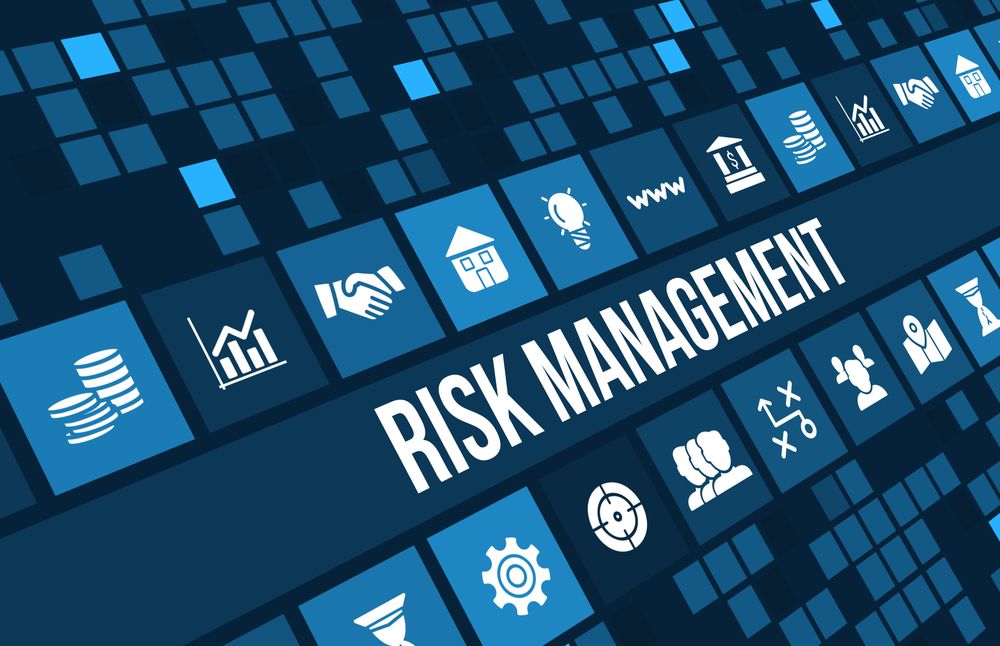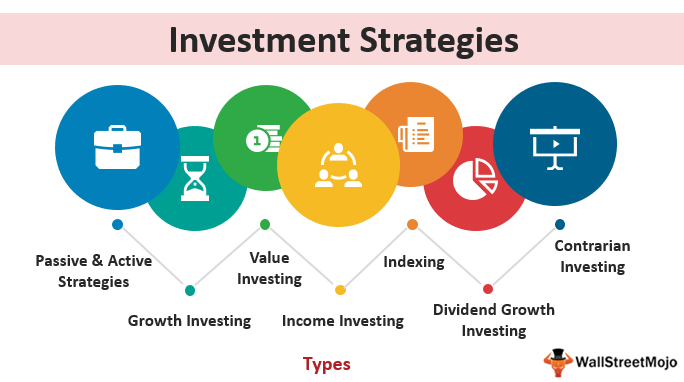In today’s competitive business landscape, risk management plays a crucial role in ensuring the sustainable growth and success of enterprises. By identifying and mitigating potential risks, organizations can minimize negative impacts and capitalize on opportunities that drive business growth. This article will delve into the various aspects of risk management and its vital role in fostering business growth.
The Significance of Risk Management
Risk is an inherent component of any business operation or decision-making process. Companies face a wide range of risks, including financial, operational, legal, reputational, strategic, and regulatory risks. Failing to manage these risks effectively can result in severe consequences, such as financial loss, reputation damage, legal complications, and operational disruptions.
Risk management involves the identification, assessment, and prioritization of risks, followed by the implementation of strategies to manage or mitigate them. By proactively addressing risks, businesses can enhance their ability to navigate uncertain situations, seize opportunities, and achieve sustainable growth.
The Benefits of Effective Risk Management
Implementing an efficient risk management framework offers numerous advantages to businesses, including:
1. Protection of Assets
Companies have valuable assets, both tangible and intangible, which are essential for their operations and growth. Effective risk management helps safeguard these assets from potential threats, such as theft, natural disasters, or cyber-attacks. By protecting their assets, businesses can ensure uninterrupted operations, maintain customer trust, and continue their growth trajectory.
2. Enhanced Decision-Making
Well-defined risk management processes enable organizations to make informed decisions. Risk assessment and analysis provide valuable insights into potential pitfalls and opportunities associated with various courses of action. This helps management in making strategic decisions that maximize growth potential while minimizing potential risks.
3. Competitive Advantage
Companies that effectively manage risks gain a competitive edge in the market. By minimizing and addressing risks, they demonstrate their ability to navigate uncertainties and build resilience. Customers, investors, and other stakeholders value businesses that prioritize risk management, enhancing the company’s reputation and competitive advantage.
4. Regulatory Compliance
With a continually evolving regulatory environment, ensuring compliance with laws and regulations is crucial for businesses. Effective risk management practices enable companies to identify potential compliance gaps and implement appropriate controls to mitigate legal and regulatory risks. This minimizes the likelihood of legal complications, fines, and reputational damage.
5. Improved Financial Performance
Risks can have a significant impact on a company’s financial performance. By effectively managing risks, businesses can avoid costly incidents and maintain stable financial performance. Additionally, risk management enables businesses to identify potential cost-saving opportunities, optimize resource allocation, and make well-informed financial decisions that contribute to sustainable growth.
Implementing a Risk Management Framework
Establishing a robust risk management framework is critical for businesses aiming for sustainable growth. Here are key steps to consider:
1. Risk Identification
Identify and analyze potential risks relevant to your business. This includes considering internal operational risks, external market risks, regulatory risks, and any other factors specific to your industry or organization. Consult with teams across different departments to ensure comprehensive risk identification.
2. Risk Assessment
Once risks are identified, assess their potential impact and likelihood of occurrence. Prioritize risks based on their severity and develop risk profiles for each identified risk. This step will help establish a risk management hierarchy and allocate resources effectively.
3. Risk Mitigation Strategies
Design and implement strategies to mitigate each identified risk. This may include developing contingency plans, implementing security measures, investing in insurance, or diversifying business operations. Tailor risk mitigation strategies to the specific nature of each risk.
4. Monitoring and Evaluation
Establish a system to actively monitor and evaluate risks on an ongoing basis. Regularly review risk profiles, assess the effectiveness of mitigation strategies, and make necessary adjustments. Keep abreast of industry trends and emerging risks to ensure a proactive risk management approach.
5. Communication and Training
Create a culture of risk awareness by fostering effective communication and providing comprehensive risk management training to employees. Encourage reporting of potential risks or incidents and ensure that all employees understand their roles and responsibilities in managing risks.
6. Continuous Improvement
Risk management is an iterative process that requires continuous improvement. Regularly revisit and reassess your risk management framework, considering changes in the business environment, industry trends, and internal dynamics. Adapt your risk management strategies as necessary to effectively address evolving risks.
Conclusion
Risk management is a fundamental component of business growth and sustainability. By adopting a proactive approach to risk management, organizations can protect their assets, enhance decision-making, gain a competitive advantage, ensure regulatory compliance, and improve financial performance. Implementing a robust risk management framework enables businesses to navigate uncertainties and capitalize on opportunities, fueling their growth and success in today’s dynamic business landscape.



